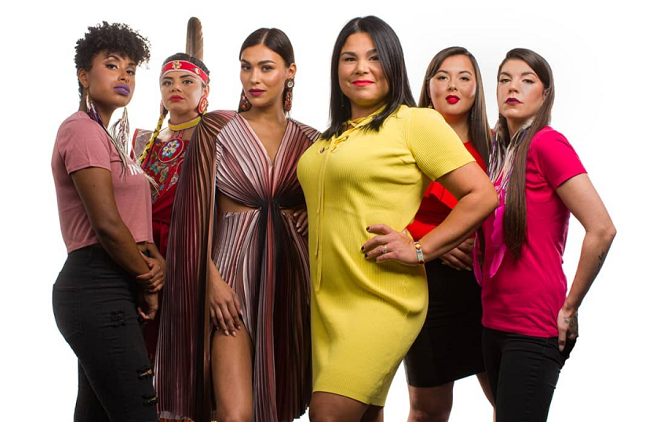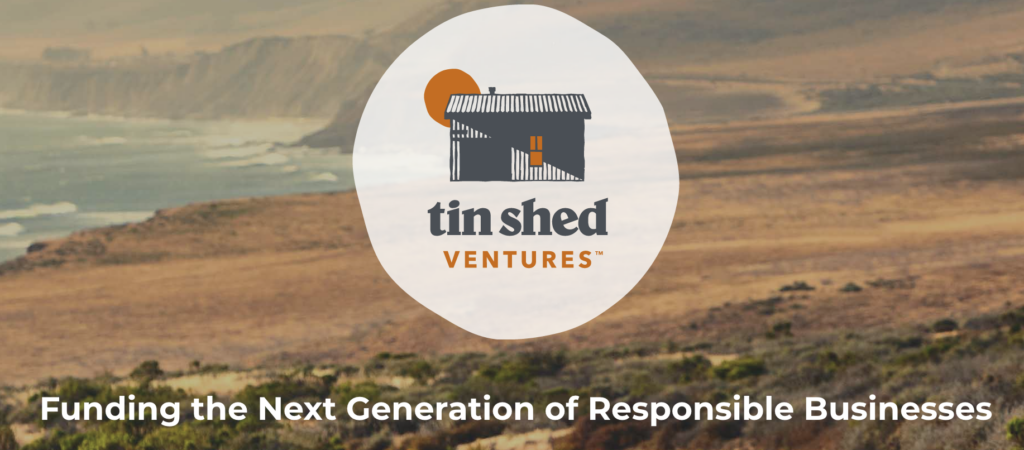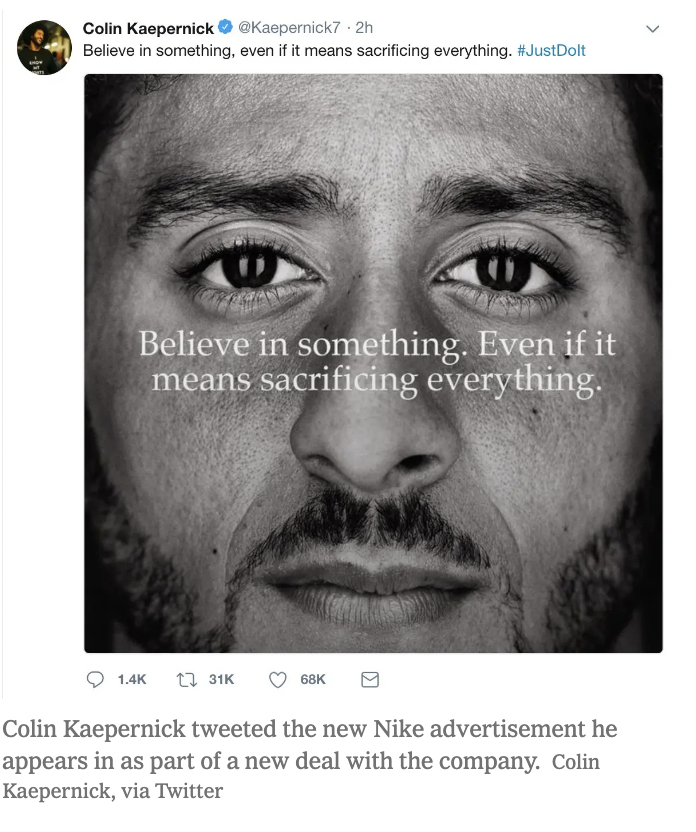Insights from the “Brand Led Culture Change” Conference
There’s a different kind of relationship that fosters amongst a group of people that are passionate, eager and devoted to create positive change in the world. It’s an unspoken truth that immediately binds those involved; if you’re on-board, you’re already committed and striving to create a better world for all. Amen.
This feeling was never more evident than at the latest Sustainable Brands conference, themed “Brand Led Culture Change,” which recently brought together business leaders, environmental activists, and sustainability experts, who exchanged innovative ideas, insights, and most importantly camaraderie and commitment for what it takes to create and build a more sustainable world. The candid conversations and seminars from a global audience surfaced messaging that could not be more critical in this day and age. Here are the themes and insights discussed.
A Return to Ancient Wisdom and Teachings
We are in an age of reawakening. Moving from the traditional ways of living our lives, the urban hustle and bustle, and looking to mother nature to show us the truth. The Seventh Generation Principle, based on an ancient Haudenosaunee (Iroquois) philosophy, suggests that the decisions we make today should result in a sustainable world seven generations into the future. It signifies how Indigenous peoples learn from the land and pass down knowledge through generations and demonstrates how a connection to the past can also help provide healing and guidance to modern Indigenous youth. The term listen to your elders has its meaning for a reason…
Cheekbone Cosmetics CEO Jenn Harper and Pat Gonzales, Practitioner in Residence at the Yale Center for Environmental Justice and Lecturer at the Yale School of the Environment, highlighted the importance of indigenous wisdom in sustainability conversations, too. Harper remarked that “the eagle is always looking at the big picture”, suggesting that the more we are able to take a step back and tune in, the more aligned our actions will be. In fact in the Anishinaabe language (of Canadian origins also called Ojibwe/Ojibwa or Chippewa) there’s no word such as “natural resources”, and there’s no such thing as “I”; the language is more plural. Finding inspiration in words, a sense of ‘Aloha’—giving one’s essence to another person—was also underscored as a principle to apply to humanity at large.
The concept of land as an extension of self, mirrors the belief that the health of the people is the health of the land. Gonzales remarked that “1/6 of all public lands are native, so native restoration can be viewed as the highest form of environmental justice”, also summing up historic events with a simple phrase: land property is a legal fiction. Eastern vs western viewpoints have never been more obvious.
Integrated Sustainability in Business
How does a business remain authentic to its values and achieve growth while becoming circular? It almost sounds like a riddle. In regard to tangible goods especially, this is a rubix cube of constant evaluation for business to navigate. This dilemma rings true mostly for outdoors brands, whose sole purpose is to get more people outside, living with less. Just by being outdoors you become a more conscious citizen – it makes you think about inherent linkages to people and environment. So how can a business thrive working within these perceived constraints?
Embracing an integrated sustainability model can help, with consideration through a few lenses:
-
Who you serve
-
The world, from a cultural perspective
-
Your actual business
A prime example is Patagonia, which actually doesn’t want to grow. Their focus is the future of what responsible shopping looks like, realizing that what’s in current circulation takes over growth, so they work within this space to scale what’s been used to trade-in and/or better care repair methods. They also look to the clear pathways to action to turn people into advocates, with an “obsession over values”, as Aileen Ottenweller, Head of Brand and Business Impact at Patagonia remarked.
Taking exit inventory and pulling it back into the stream – from damages to lipstick stains that all must be cleaned – offer a way to re-think how clothes are used and their future potential. Outdoor brands can create trade-in opportunities and then educate customers in an easy way for resale – offering an engagement strategy for customers to be involved in the full lifecycle of the gear. Trove (a partner for Patagonia and many other outdoor brands) is an industry staple for used and trade in programs. In fact, they are part of Patagonia’s corporate venture capital fund, Tin Shed Ventures, that invests a portion of Patagonia’s profits into startups that can provide systemic and globally scalable solutions for the land, water, air, and biodiversity crises underpinning climate change.
And consider the ‘multiplier effect’—working in collaboration and allyship to bring about change, especially in regenerative marketing. Examples of regenerative marketing include Back Market, a platform encouraging people to purchase refurbished iPhones, and Tr1be, creating net positive futures and connecting CEO and leadership teams to chief and council of indigenous communities for powerful storytelling of messages the world needs to hear. Of course there are also the multi-nationals such as General Mills, which has committed to regenerative agriculture to restore and enhance biodiversity and soil health. With the resources and scale of a business this large, having a regenerative practice is table stakes.
Engaging People with Cause the Right Way
In a hyper-connected, social age where one TikTok can bring down a company, any initiative or campaign by a business must be transparent to the roots of the operation – brands must be prepared for a singular post to be seen by all. The search term “social impact creator” increased by 300% YOY (Source: Think With Google) indicating a growing interest in content for good. The creator economy at large is geared to ramp up to $532+ billion by 2025 (Source: Business Insider) so in other words, you better check that your values align with your message before doing anything.
Viewing content creators for good can unlock a tremendous amount of value planned accordingly, across all relevant departments internally. This multi-hyphenate discipline must work hand in hand with business ethics, growth objectives, and support brand values authentically and uniquely. And this may mean viewing existing talent in new ways, such as Nespresso’s campaign with George Clooney, traveling to Puerto Rico as part of the Reviving Origins program. Keeping in mind influencer content can reach beyond intended channels and audiences, if ever in crisis: respond swiftly, thoughtfully, develop a plan to correct the matter and share it.
When it comes to product specific communications, there are simple ways in which you can show value, with use of a “front-runner indication” or a badge that substantiates a product’s sustainability claims. A comparative claim can also serve as a crucial tool to help people understand how one product stacks up against another in terms of its environmental footprint. This approach fosters informed decisions and encourages companies to improve their sustainability efforts. Naming sustainability initiatives, similar to Ben & Jerry’s ‘climate justice’ product line, is an example of how brands can create awareness, educate, and engage consumers in these important issues, not to mention being a powerful branding strategy doing two things well:
-
solidifies the brand’s commitment to environmental issues
-
resonates with socially conscious consumers driving sales
Then there are methods that are a bit more complex and quite frankly, aren’t actually written in stone, given the dynamic world we live in. This offers both a challenge and opportunity for marketers, and will require internal integration across functions from legal to social media to ensure modern and ethical marketing and operations.
Long Term Strategy Driven by Values
Being bold is responsible, and the significance of bold and purpose-driven marketing has never been more profound. Responsible marketing requires conviction, candor, and consistency. More and more we see cases of listening to the ‘loud minority,’ where strategic marketing decisions are apologized for due to unappealing reactions from an audience that messaging wasn’t meant to serve in the first place.
From Bud Light polarizing audiences despite attempts to celebrate new ones, to Target offering new products to the LGBTQ community and losing $10 Billion in one week due to ‘majority’ backlash, it’s a shame to see not only loss of revenue and years of work dismissed instantly, but more so a questionable stance on values.
Comparatively, there’s Nike and the Kaepernick movement where the slogan “just do it” rang true, loud and clear. Nike’s campaign that starred former San Francisco 49ers quarterback Colin Kaepernick, quickly sparked both praise and calls for a boycott. Sales rose, however, with the company reporting a 10 percent jump in income to $847 million (Source: ABC News), driven primarily by strong revenue growth. Which is why, knowing what you stand for with a clear brand articulation of what values are held and how they can manifest across a variety of social and cultural issues today is critical to success.
Brands should stick to their values and their why even amidst criticism when they take a stand; this is why bold work done well makes people pause, reflect, and consider what the marketing is actually communicating. Some will love it, some will hate it, but ultimately true inclusivity and love for all is what should “win”, regardless of short term revenue.
The Future of Sustainable Business
The modern brand must operate from a place of genuine interest in leveraging resources for good to lead society towards a positive future. The ongoing culture shifts emphasize more than environmental stewardship; it highlights the importance of community, collaboration, indigenous wisdom, and courageous leadership in creating a more sustainable and equitable world. And in order for businesses to thrive in a meaningful way, they need a good society to prosper.
Brands are more than capable of fostering positive change that has the potential to reshape the broader society, although it’s not the job of businesses to entirely cure the wrongs of the world. By embracing these principles, brands and people can strengthen their collective values system, foster trust, and make a significant contribution to our shared future.
Book a complementary 20 minute strategy call if this is calling you.





Found in
business, Conscious brands, ethical marketing